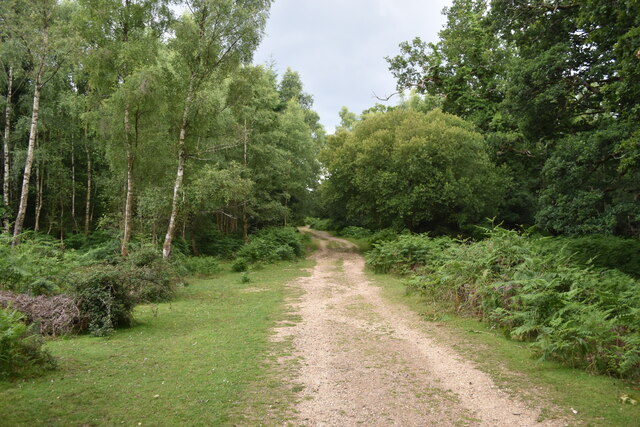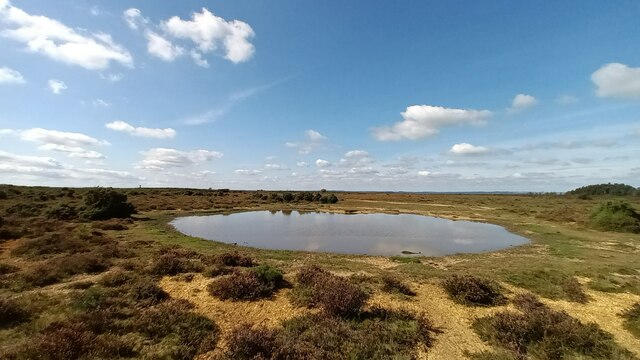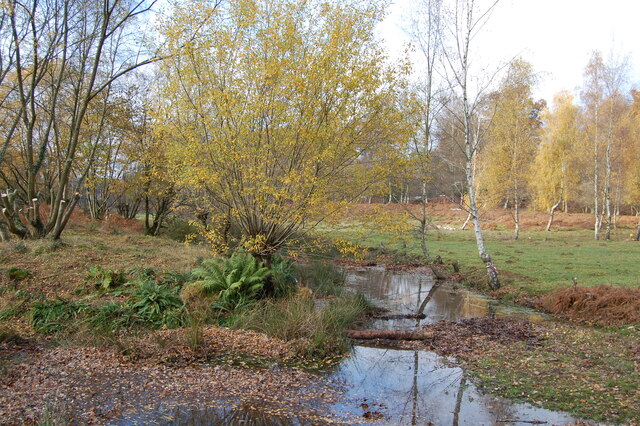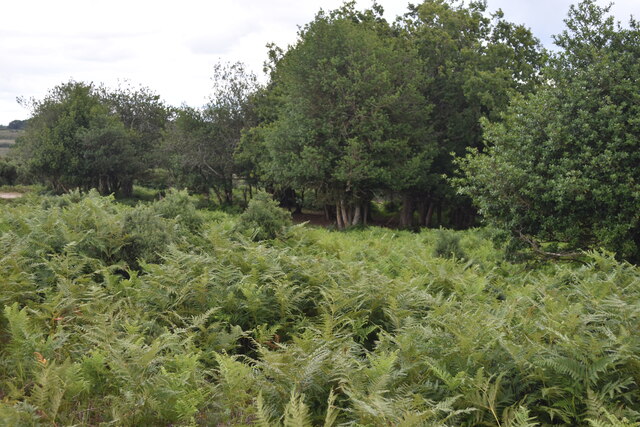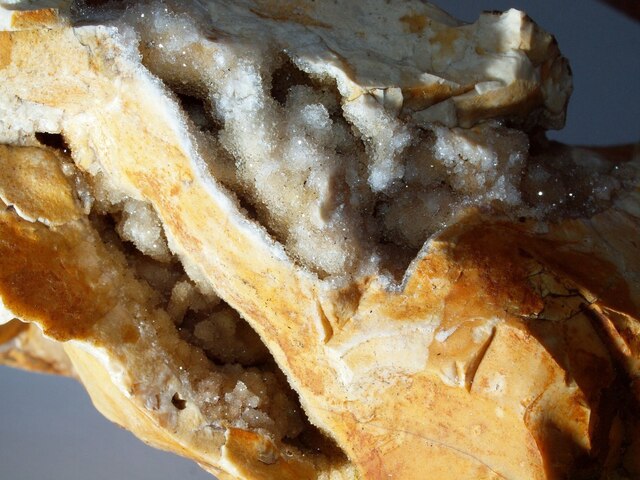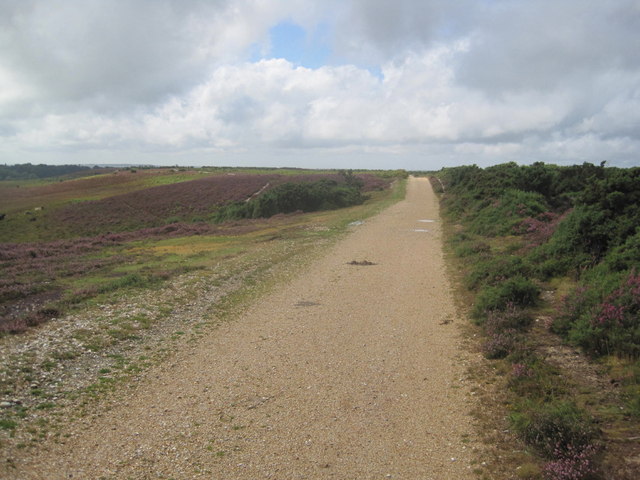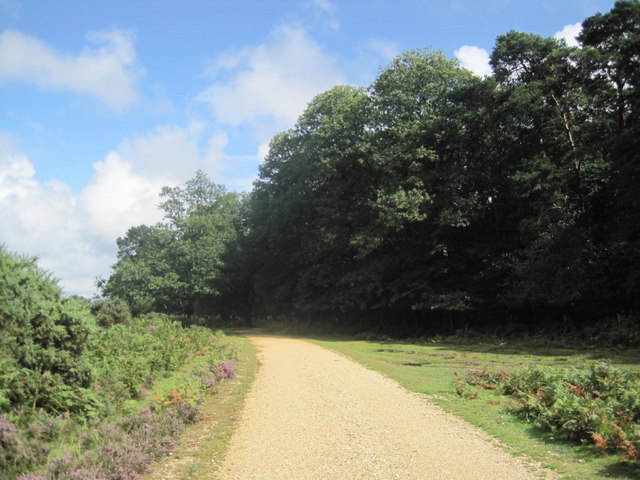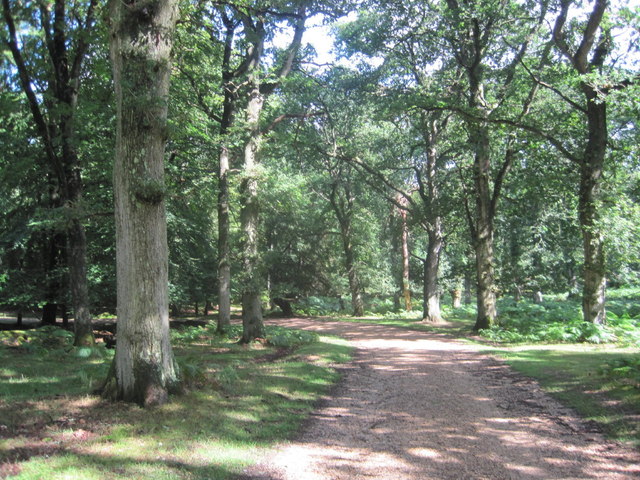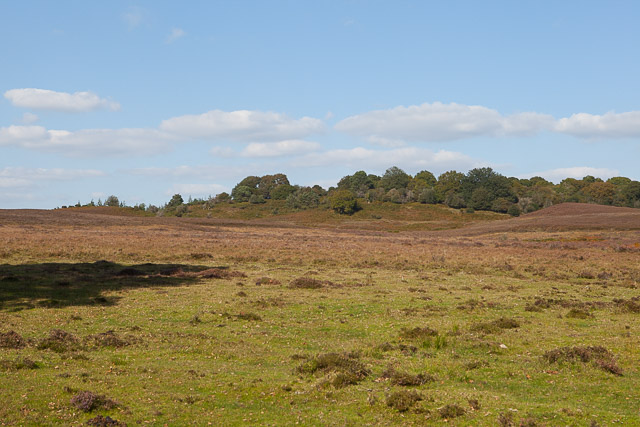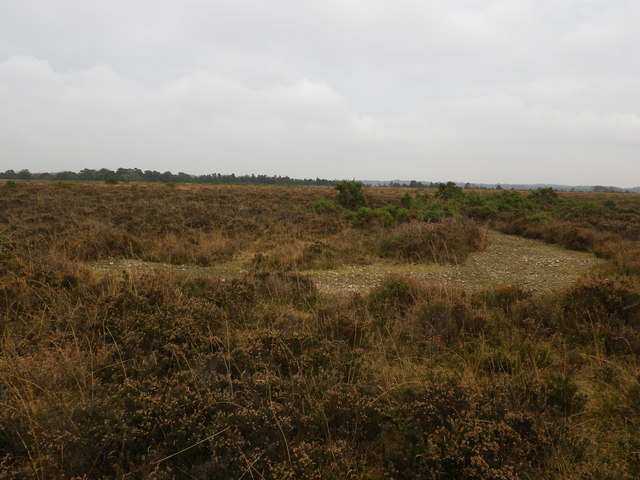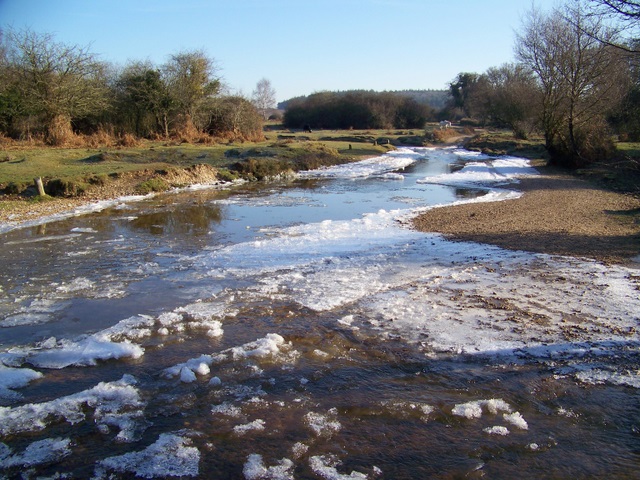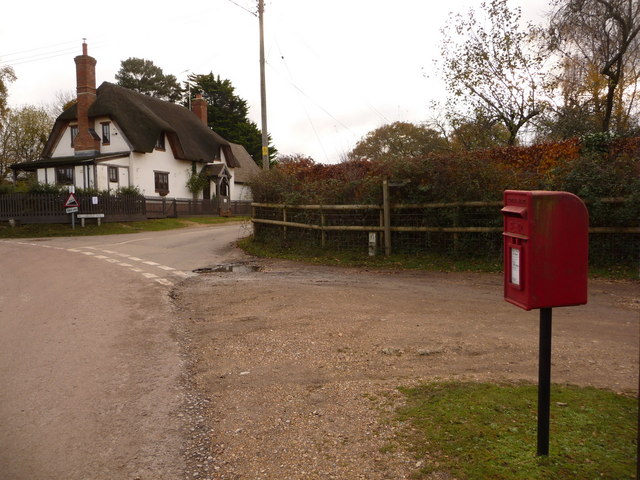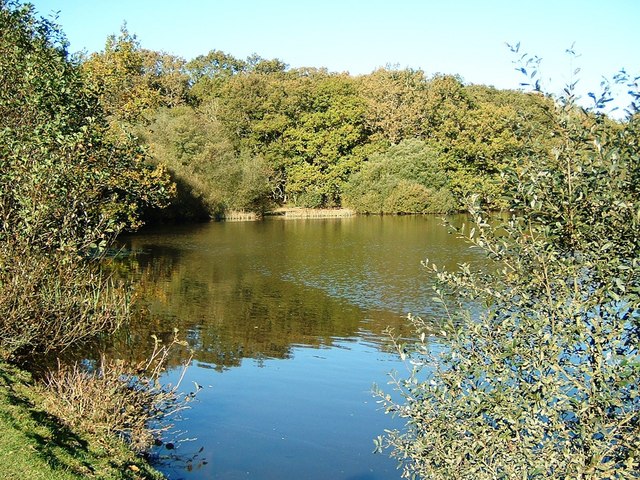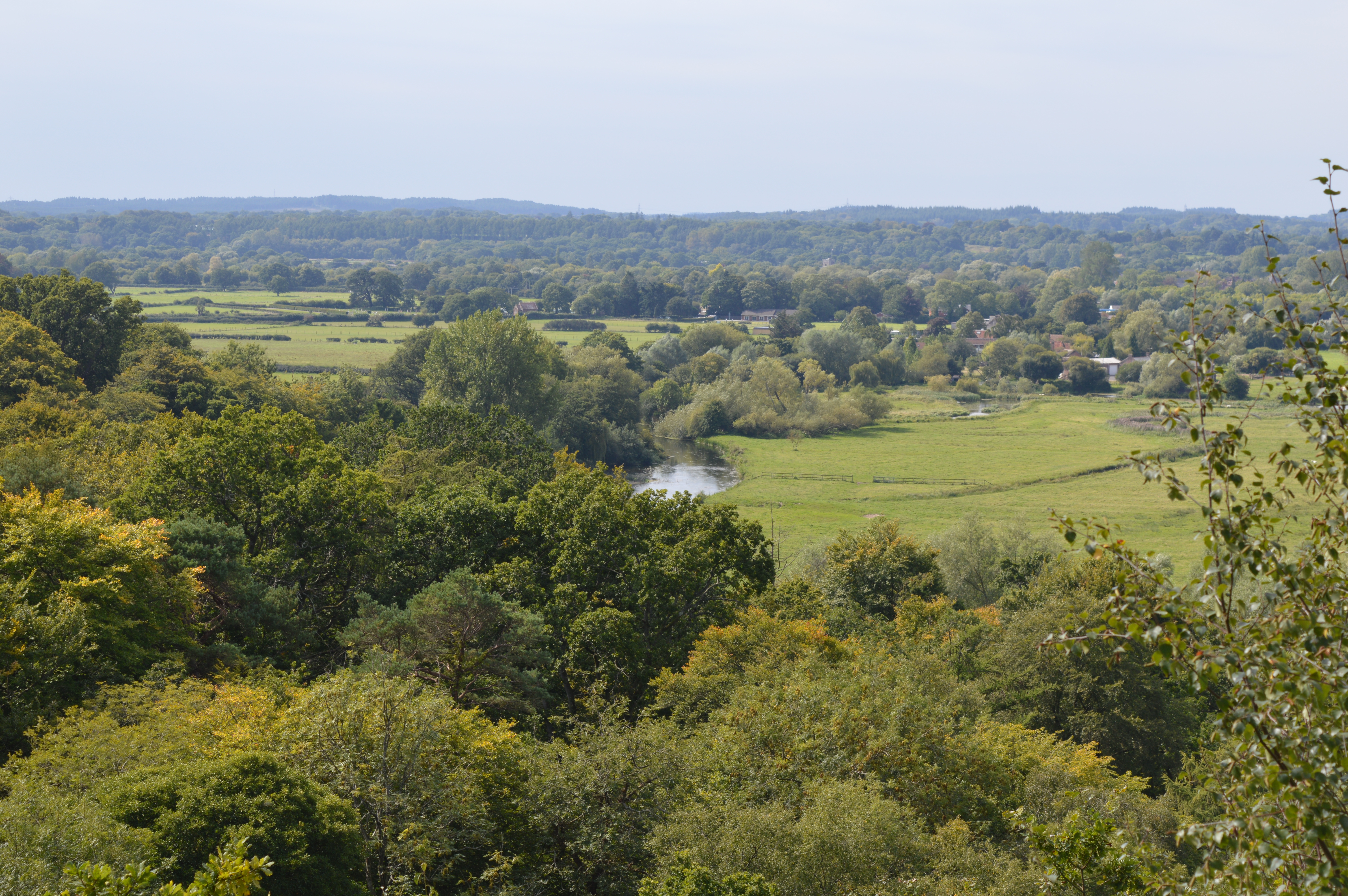Alderhill Bottom
Valley in Hampshire New Forest
England
Alderhill Bottom
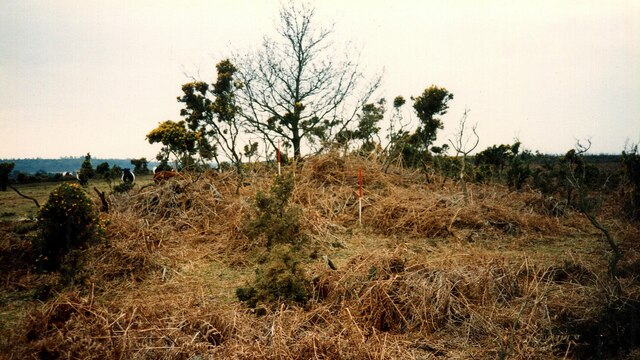
Alderhill Bottom is a picturesque valley located in Hampshire, England. Situated in the heart of the South Downs National Park, it is renowned for its natural beauty and tranquil atmosphere. The valley is characterized by rolling green hills, meandering streams, and lush woodlands, offering visitors a serene escape from the hustle and bustle of daily life.
The landscape of Alderhill Bottom is dotted with an abundance of wildflowers, including vibrant bluebells and delicate primroses, creating a vibrant tapestry of colors during the spring and summer months. The valley is also home to a diverse range of wildlife, such as deer, foxes, and various species of birds, providing ample opportunities for nature enthusiasts and birdwatchers to observe and appreciate the local fauna.
Alderhill Bottom offers several walking trails and footpaths, allowing visitors to explore the valley's natural wonders at their own pace. The trails wind through ancient woodlands, offering breathtaking views of the surrounding countryside and opportunities to spot rare plant species. Additionally, the valley is intersected by crystal-clear streams, providing refreshing spots for picnics or a peaceful moment of contemplation.
The idyllic setting of Alderhill Bottom has made it a popular destination for both locals and tourists seeking tranquility and natural beauty. Whether it is a leisurely stroll through the valley, a picnic by the stream, or a moment of peaceful reflection, the valley offers a serene escape for those seeking to connect with nature.
If you have any feedback on the listing, please let us know in the comments section below.
Alderhill Bottom Images
Images are sourced within 2km of 50.923354/-1.7148184 or Grid Reference SU2013. Thanks to Geograph Open Source API. All images are credited.
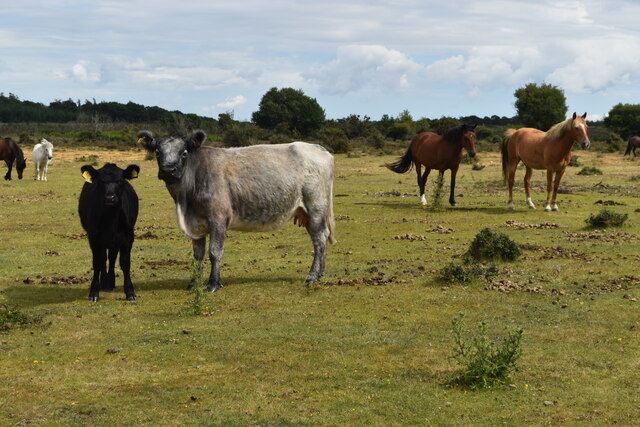
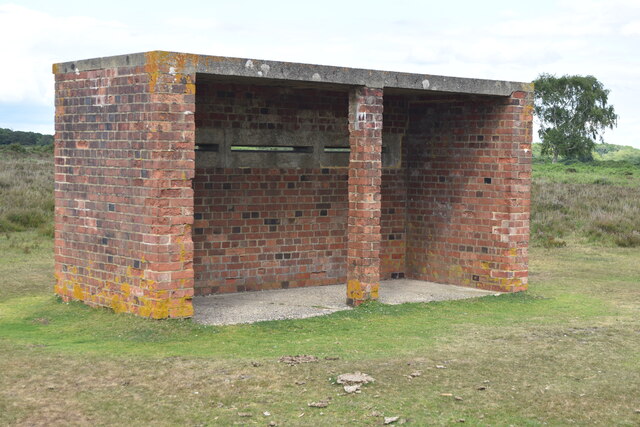
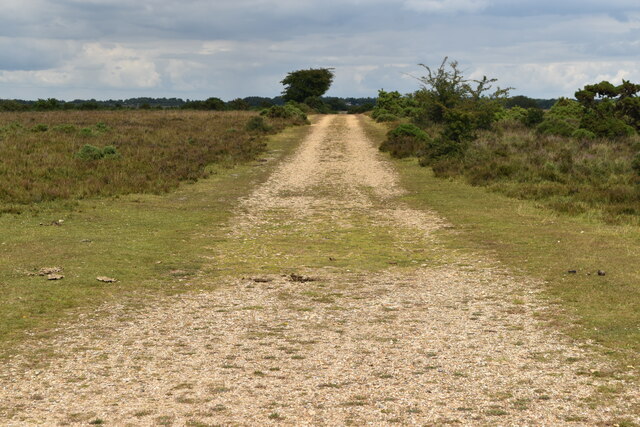
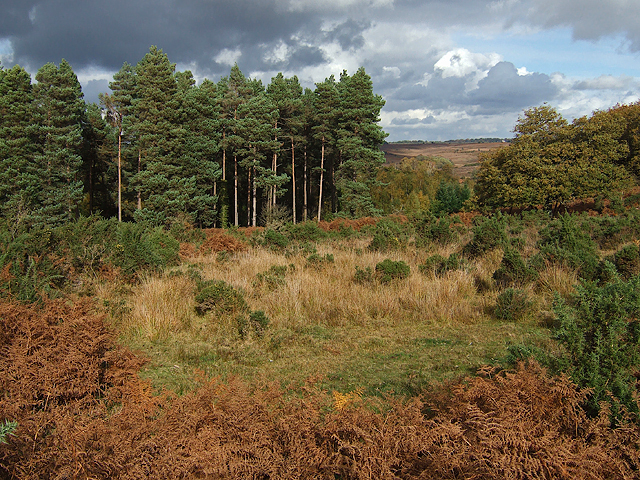

Alderhill Bottom is located at Grid Ref: SU2013 (Lat: 50.923354, Lng: -1.7148184)
Administrative County: Hampshire
District: New Forest
Police Authority: Hampshire
What 3 Words
///tripods.range.unwell. Near Fordingbridge, Hampshire
Nearby Locations
Related Wikis
Ashley Range
Ashley Range is a former World War II bombing range in the New Forest, Hampshire, England. The range is approximately 5 mi (8.0 km) north-west of Lyndhurst...
Ogdens
Ogdens is a small hamlet south of Hyde Common near Frogham in the New Forest area of Hampshire, England. Ogdens is a hamlet in the civil parish of Hyde...
Blissford
Blissford is a hamlet in the civil parish of Hyde situated in the New Forest National Park in Hampshire, England. Its nearest town is Fordingbridge, which...
Eyeworth Pond
Eyeworth Pond is a pond located near Fritham in the New Forest, in Hampshire, England. The pond was created in 1871 by damming Latchmore Brook, with the...
Frogham, Hampshire
Frogham is a small village in the New Forest National Park of Hampshire, England. It is in the civil parish of Hyde. Its nearest town is Fordingbridge...
Sandy Balls
Sandy Balls is 120 acres (0.49 km2) of woods and parkland near the New Forest in Hampshire, England. Located between the village of Godshill and the town...
Godshill, Hampshire
Godshill is a village and civil parish and in New Forest National Park in Hampshire, England. It is about 1+1⁄2 miles (2.4 km) east of the town of Fordingbridge...
Gorley Lynch
Gorley Lynch is a hamlet in the civil parish of Gorley in the New Forest National Park of Hampshire, England. It is in the civil parish of Hyde. Its nearest...
Nearby Amenities
Located within 500m of 50.923354,-1.7148184Have you been to Alderhill Bottom?
Leave your review of Alderhill Bottom below (or comments, questions and feedback).

